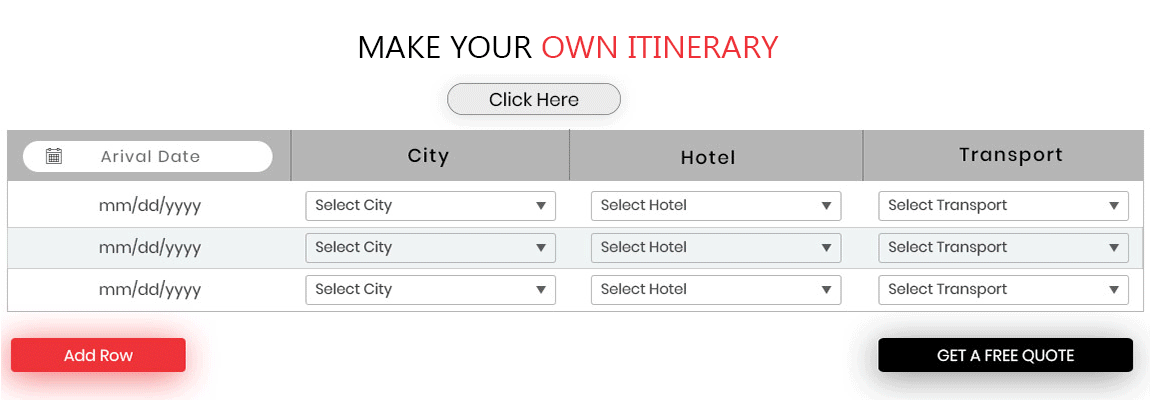garba festival gujarat
Dates
Start Date: 03-10-2024 End Date: 12-10-2024Location
Gujarat, IndiaGarba festival Gujarat
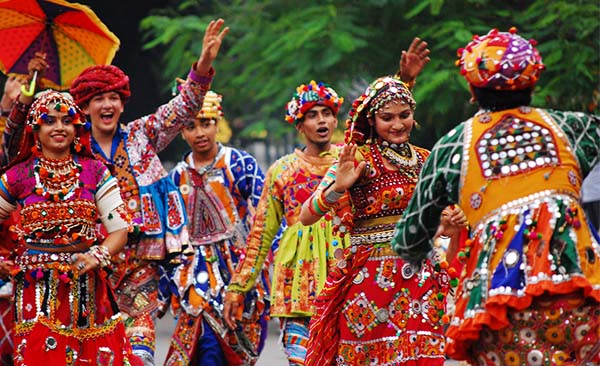
Garba is a folk dance which has originated from Gujarat and performed during the nine days of Navratri in praise of Goddess Durga and depicting nine different forms of Maa Durga. Garba is also known as Garbi, Garbha, and Garbha deep. These words have originated from the Sanskrit word “Garbha” which means womb of a woman and “deep” means earthen oil lamps. In short, the literal meaning of Garba is the celebration of the sanctity of a woman. This festival gives special importance to women and how they have been given the blessing of bringing life in this world. Garba is the celebration of life as in fetus from where life blossoms from the very first. It also projects the essence of divine Maa Durga or Amba. Garba takes place every year in the months of September, October or November. It is a nine-day festival celebrated during Navratri. Although, the festival celebrates womanhood; men and women equally participate in Garba and enjoy it thoroughly.
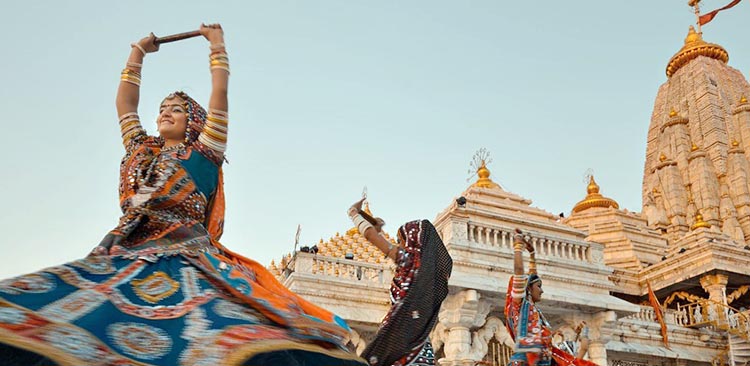
Garba not only commemorates fetus and honour of women but has a mythological story too. It is a symbol of victory of good over evil depicting the fight between Maa Durga and Mahishasur who was a powerful monster. Garba and Dandiya are considered to be the dramatization of the fight between Maa Durga and Mahishasur, wherein Maa Durga was under so much of rage, she swore that she wouldn’t let any demon live on this holy earth and started killing all monsters. She won’t stop until Lord Shiva came under her feet when she realized that so much of destruction she had caused in the process of killing these monsters. Thus, the colourful sticks which are used in Dandiya represent the sword of Maa Durga which is why Dandiya is also known as the “Sword Dance”. Therefore, Navratri holds a special implication in the lives of Indians.
Garba is a festival which brings out the joys and spirit of Indian culture. It shows how India is united by its diversity. Navratri is a festival which is celebrated throughout India but in different ways, and people have different names for the celebration of Navratri with different stories of their region, such as Navratri is celebrated in the name of Durga Puja in West Bengal, Garba in Gujarat and many more. Festivals bring us all together, especially in the case of Garba. Devotees of Maa Durga present prayers in front of her and wear colourful traditional dresses to sing and dance around her idol.
One of the common notions or beliefs of Garba is that dancers move in circles with different hand and feet movements, the reason behind these circular movements is that they represent the circle o life and death, one who is born has to die one day and on the day of his death he’ll be born again but with a different body. But one thing, which doesn’t change or move through these circles is the Goddess Durga, invincible of all.
One of the common confusions of Garba is that it is often related to Dandiya which is also a dance form of Gujarat, but it is performed in Vrindavan in praise of Lord Krishna. The basic difference between the two dance forms is that Garba is performed in a circular motion with hand movements while Dandiya is performed with colourful sticks. Garba and Dandiya are different but hold a common origin, Gujarat. Earlier these dance forms were performed by Gujarati only, but nowadays it is prevalent all over the world. Garba has gained huge popularity because of its colourful celebrations, and there are many Garba festivals organized in almost each and every corner of India to rejoice the occasion of Navratri.
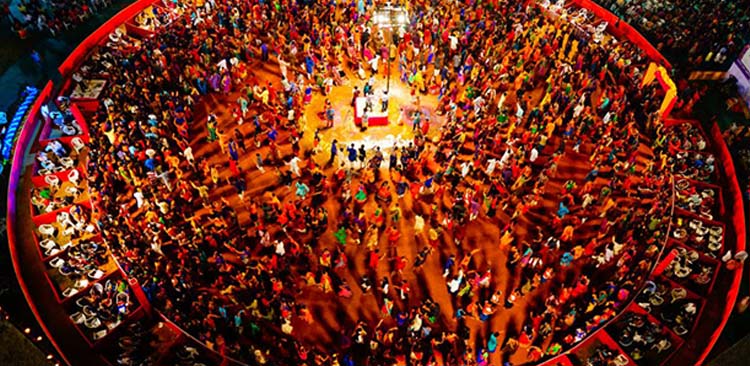
All the dancers performing in Garba wear colourful traditional dresses in order to look vivacious and lively. Everyone is full attires ready to dance to the beats of dhol or drum or folk songs. Women wear Chaniya Choli which is three piece attire consisting of Choli or Blouse, a Chaniya or long skirt and a heavy embroidered dupatta. This is a common attire which every girl or woman wears during the nine nights of Navratri. There are a different pattern to these Chaniya Choli with lots of mirror work and embroidery and embellishment. Along with this costume, girls pair the dress with a lot of accessories like silver or black metal ornaments, big silver plated earrings, kamarband, maang tika, bajuband and colourful and embroidered juttis.
Even men come in traditional attire wearing Kurta and Pajama, or they go for village men costumes of Gujarat which are commonly known as “kediyu” a short kurta along with Pagdri on the head and Mojris for footwear. Garba is the most awaited fair and festival of Gujarat as it is the best nightlife of Gujarat during those days. People from different states and countries come to India or specifically Gujarat to witness this majestic blend of colors and culture.
In earlier times, these two dance forms were used as a means to educate people about the mythological stories and general implication of these festivals and their importance and what do they symbolize in our lives. There were times when Garba was played in every corner of the street, but the concept of Garbas is changing, people are getting more inclined to fashion, food, dresses, events etc. But with changing times, Garba has evolved to a greater extent and turned out to be more of a commercial event. There are big event companies organizing such Garba and Dandiya nights. It can be said that Garba has turned out to be one of the grandest events of Gujarat. These Garba nights have big stars coming to witness the aura of Navratri, exploring the Gujarati cuisine, watching different dance forms, trendy dresses and glamour of Garba world. But sometimes, this lowers the actual splendour of Garba and people tend to move their attention to the specific stars rather than enjoying the festivities.
Even though things are changing Garba still brings out the best in the season of Navratri, people not only look up to this festival, it brings a sense of unity among all of us, irrespective of its viability. People enjoy these nights with family, friends and relatives by dancing, singing, praying, shopping together.
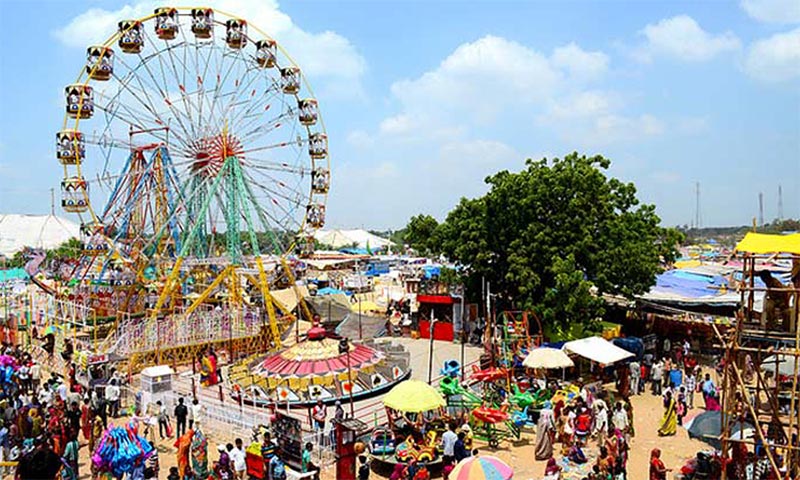
Tarnetar fair tour package in Gujarat
Ahmedabad - Tarnetar
Rajkot - Somnath - Dwarka
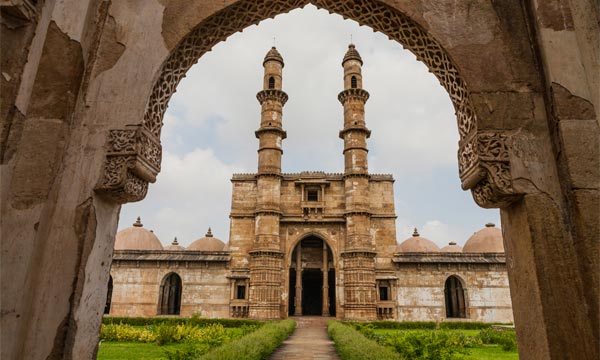
Gujarat cultural tour
Vadodara - Champaner
ChhotaUdaipur - Jambugodha - Ahmedabad - Poshina - Patan - Modhera - Little Rann - Ajrakhpur - Bhuj - Banni Villages - Mumbai
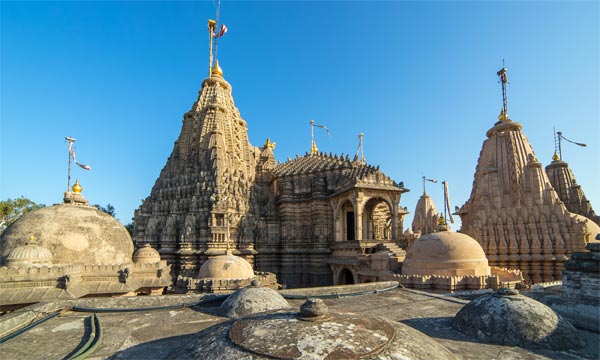
Gujarat Tour Package
Ahmedabad - Bhavnagar
Diu - Palitana - Gir - Rajkot - Bhuj - BanniVillages - Jamnagar - Dwarka - Mumbai
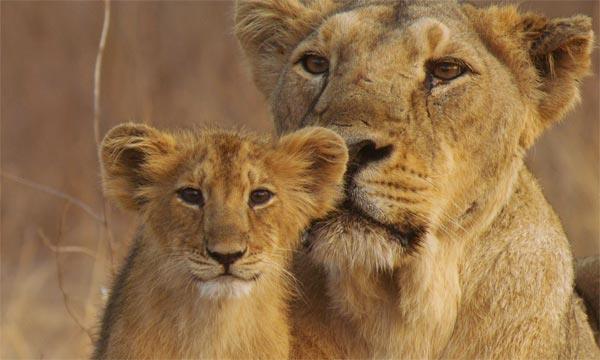
Gujarat Wildlife Tour Package
Ahmedabad - Nal Sarovar
Little Rann of Kutch - Bhuj - Banni Villages - Bustard Sanctuary - Mandvi - Sasan Gir - Velavadar - Ahmedabad








